One event that the tech world is looking forward to, and could happen this year, is the launch of GPT-5.
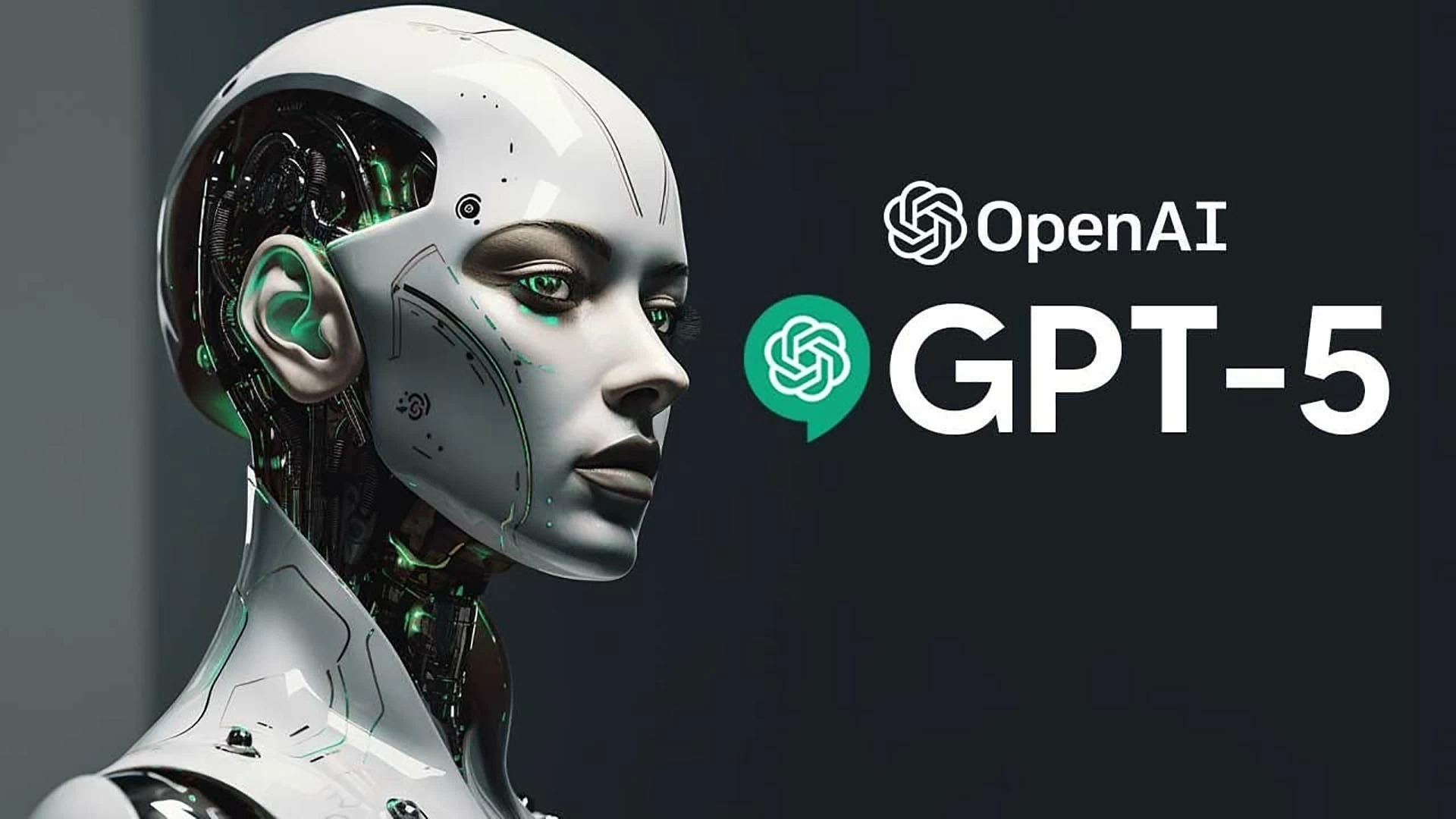 |
| One event that the tech world is looking forward to, and could happen this year, is the launch of GPT-5. |
Many users of previous versions are waiting for GPT-5, but the appearance of one of the most advanced artificial intelligence (AI) systems in the world is viewed ambiguously by experts. What is GPT-5? What are the potential and capabilities of the new artificial neural network? What could its implementation lead to?
The journey into human life
The emergence of GPT and other language models is an important step towards integrating AI into modern human life. The capabilities of new general AI systems are far from their limits. In the coming years, AI technology could have a huge impact on changing the labor market, replacing many high-demand professions in commerce, marketing, customer service, and other industries.
In 2018, the developers released the first full version of this neural network, called GPT-1. After the successful release of the first version, OpenAI experts developed GPT-2, GPT-3, and ChatGPT. The latter is an AI chatbot that operates in conversational mode, based on an improved version of the GPT-3.5 language model.
The latest version is GPT-4, released in March last year. A key advantage of this fourth version is its improved ability to pass exams and tests in a variety of subjects. It shows excellent results in a number of areas, significantly outperforming the performance of its predecessor GPT-3.5.
GPT-5's turn, a new height of AI
GPT-5, OpenAI's follow-up to GPT-4, promises to take AI to the next level. The new generation model is expected to be much more powerful than its predecessor. The main goal of this model is to bring humanity closer to creating artificial general intelligence (AGI) - an intelligent machine that can perform a wide range of tasks, just like the human brain, from writing text to controlling smart homes.
GPT-5 will be able to generate better and more creative texts, translate languages, write different types of creative texts, answer questions on a variety of topics, and perform many other tasks related to natural language processing.
Looking at the trajectory of improvement, the GPT-3 system is probably already at the intelligence level of a child. The GPT-4 system is more like the intelligence of a high school student. And GPT-5 is expected to have the intelligence of a PhD.
“Things are changing and improving very quickly,” says former OpenAI research organization CTO Mira Murati, one of the people behind the creation of ChatGPT.
The arrival of GPT-5 has been expected since the beginning of the year, but the release date is still unclear. Autogpt.net analysts believe that ChatGPT 3 will be released in June 2020, followed by ChatGPT 3.5 in November 2022. If OpenAI maintains a similar pace, we can expect ChatGPT 5 to be released around late 2024 or early 2025, since ChatGPT 4 was released in early 2023. However, according to Mira Murati, the new model will not be available until late 2025 or even early 2026.
Revolutionary Features and Improvements
If successful, the AI creations could be indistinguishable from human-made products. Higher-level AI is capable of learning and understanding any task or concept accessible to humans and is not limited to specific tasks or functions. It is reported that after its release, GPT-5 will be added to the YesAibot service, which already has Stable Diffusion, SDXL, as well as ChatGPT, including the recently released GPT-4 Omni, via the convenient Telegram interface.
ChatGPT-5 will certainly have some revolutionary features and improvements. “The most important improvements are likely to be related to analysis,” said Sam Altman, head of OpenAI, referring to the ability of AI models to interpret information, draw conclusions, and solve problems using available data and logical reasoning.
First, GPT-5 will be able to generate text that is nearly indistinguishable from human-written text. Second, it will be able to better understand the nuances of human language, including sarcasm. Third, GPT-5 will be able to tackle more complex tasks that require a deep understanding of the subject matter, such as writing scientific papers or program code. The model will be able to train on smaller amounts of data, which will speed up the development of new applications. Notably, GPT-5 will be able to integrate with other AI systems, allowing for the creation of more complex and intelligent applications.
Risks and benefits go hand in hand
With the development of GPT-5, AGI may be closer than many expected, raising concerns that chatbot-like AI could gain so much power that it spirals out of control.
According to the International Monetary Fund (IMF), nearly 40% of the world’s employed population is exposed to risks related to AI. One aspect that sets AI apart is its potential to impact high-skilled jobs. As a result, developed economies face greater risks related to artificial neural networks.
The development of AI in the 5th generation, i.e. GPT-5, can lead to the spread of misinformation and fake news. The misuse of technology can lead to the manipulation of public opinion. Artificial neural networks, due to their technical characteristics, cause many problems in the issue of privacy and secure storage of digital data. And finally, the automation of jobs due to the advancement of GPT-5, can lead to unemployment and a worsening of the socio-economic situation.
Of course, the positive impact of implementing GPT-5 is undeniable: it will promote scientific and technological progress, create new jobs in the field of AI, as well as improve the quality of human life by automating everyday tasks. Ramiz Shirinov, an IT engineer at Integrated Services, points to the usefulness of AI “in solving many complex problems, such as combating climate change, creating new medicines and innovating technologies”.
According to Professor Alexander Afanasyev at the Baikal BRICS Institute, it is too early to talk about powerful AI that could attack humanity. There is no conflict of interest between humans and AI at the moment, as in the future, AI development will be directed towards space. Moreover, AI is interested in preserving humanity in case something unexpected happens during its development.
* * *
GPT-5 is not just a new paradigm but a real revolution in the AI ecosystem. Experts say that GPT-5 has the potential to revolutionize industries, bringing capabilities that were once considered science fiction, opening up new horizons for the use of AI in many fields.
GPT-5 is expected to significantly improve logical thinking and problem solving, even being able to analyze puzzles and questions that have never been encountered before, making smarter guesses as well as more accurate predictions and answers.
The evolution of AI from GPT-1 to GPT-5 is a clear demonstration of the speed at which this technology is developing. The future of neural networks, despite its advances and challenges, remains an interesting topic as it will undoubtedly contribute to shaping the world of tomorrow.
Source











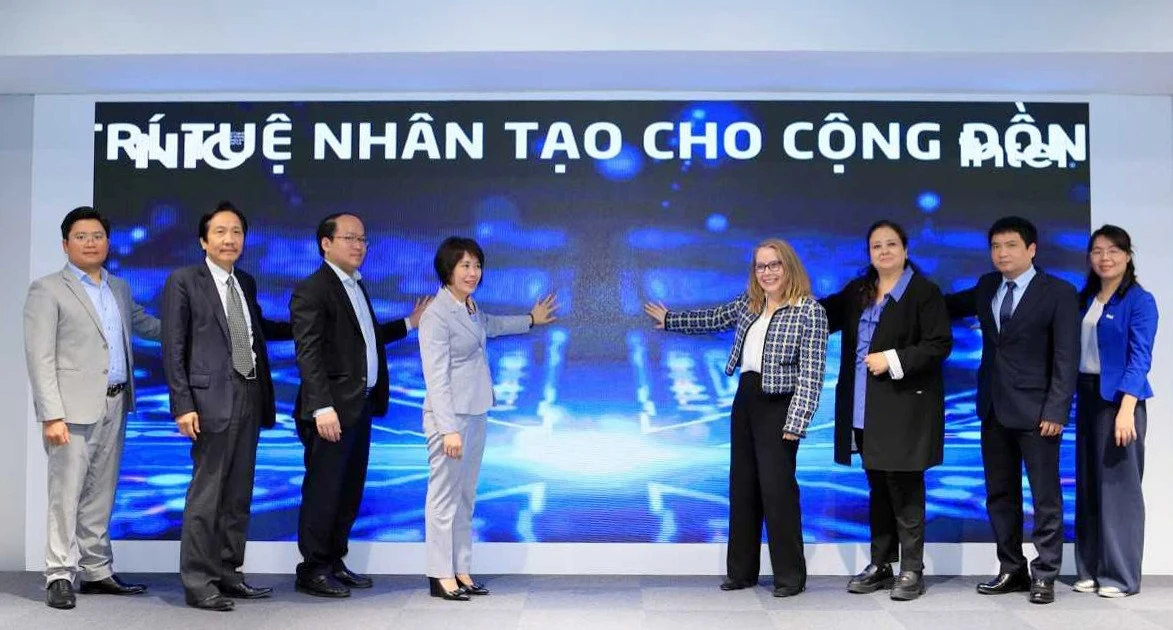



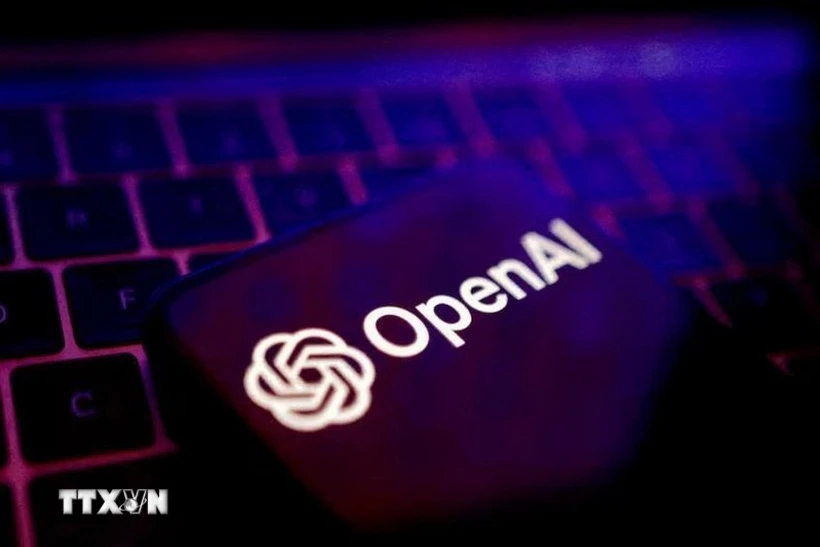
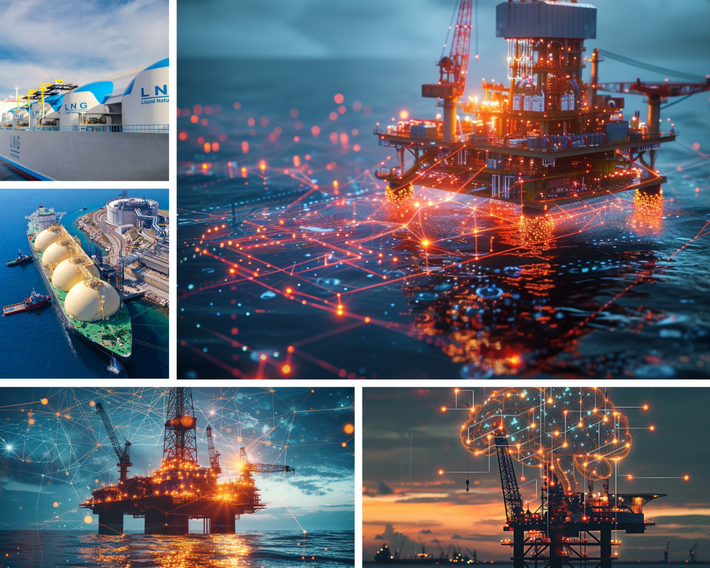


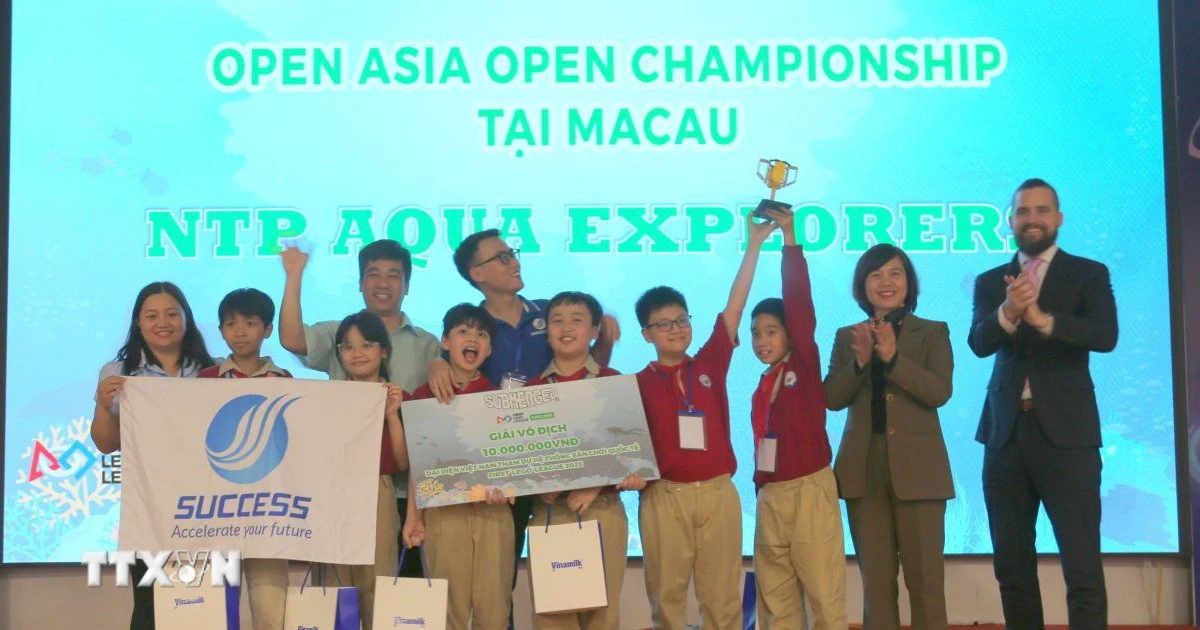
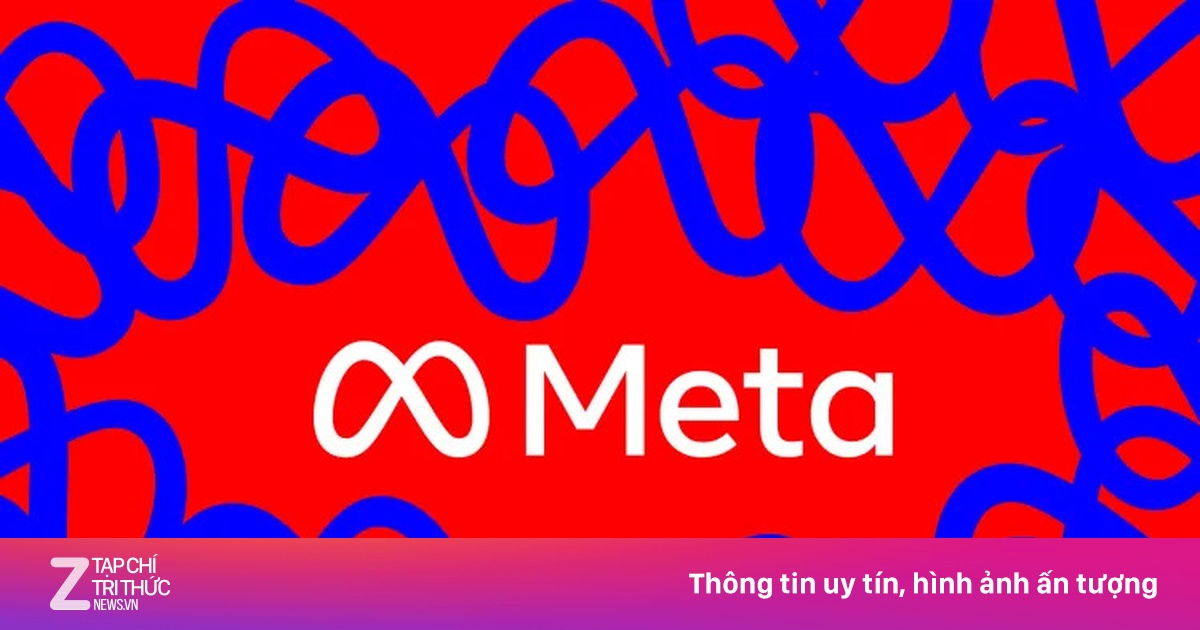






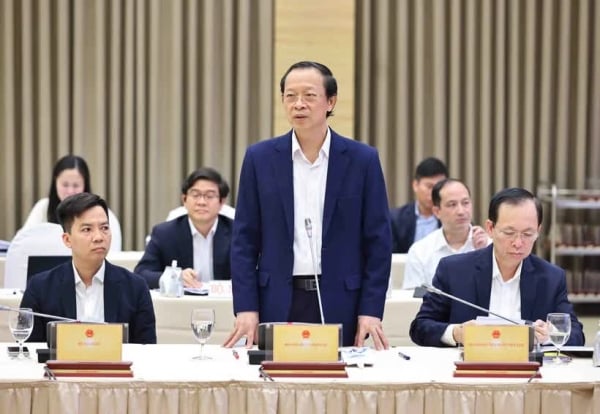




















































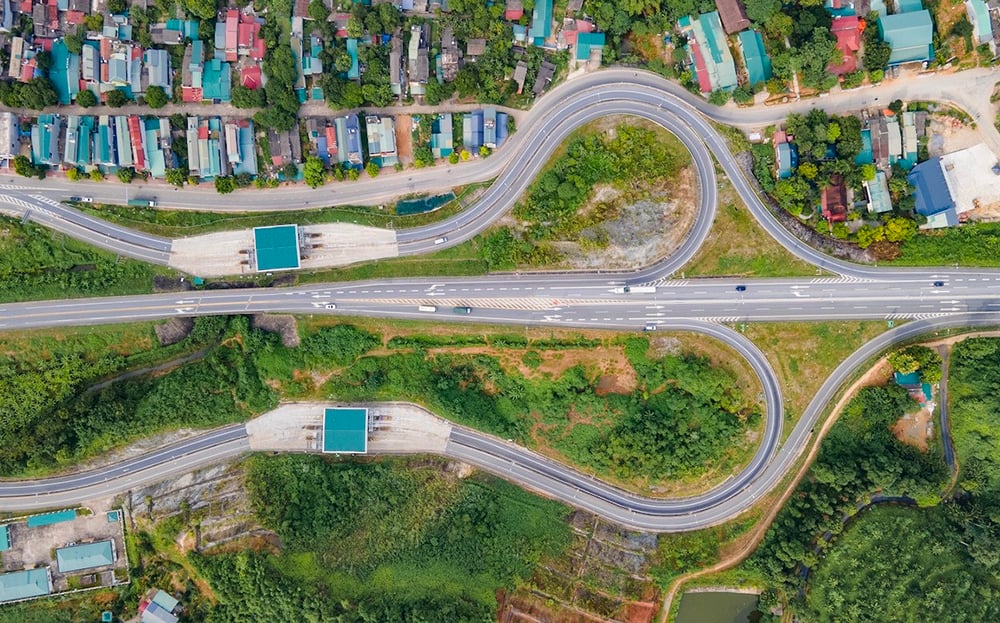









Comment (0)